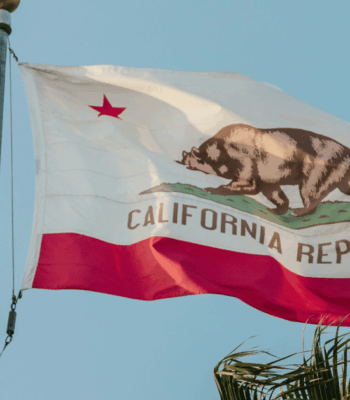Last month, Hewlett Packard Enterprise (HPE) released their 2021 Living Progress Report, not only sharing the progress they’ve made in their ESG initiatives but also announcing their commitment to becoming a net-zero enterprise, across their entire value chain, by the year 2040.
One of the key focuses in this acceleration is reducing supply chain emissions. According to the Living Progress Report, production suppliers make up nearly 25 percent of HPE’s global carbon footprint. To make progress on their new net-zero timeline, HPE has committed to having 80 percent of their suppliers (by spend) set their own science-based targets by 2030.
Optera’s software helps HPE scale supply chain sustainability
Managing emissions reductions across an entire supply chain can be overwhelming – that’s where Optera has helped. To date, HPE has set up 80 percent of their manufacturing suppliers on Optera’s software to access their own emissions data, visualize reduction targets, and track progress against their peers. More supplier categories will be onboarded in the coming months.
“Historically, we pulled our supplier data, analyzed it, reported it, and made determinations about how our suppliers were performing with limited input from our supply chain partners,” Hiba Mooney, Global Lead for Climate and Environmental Strategy at HPE, explained.
“With Optera, we are able to highlight areas for supplier improvement right in the platform, send that information to our suppliers and receive comments back directly in the platform. Optera has helped us centralize and seamlessly report our Scope 3 emissions and build strong relationships with our supply chain partners.”
Engagement is key to reducing supply chain emissions
Focusing on supplier collaboration, not just directives, has opened up new opportunities for the HPE team. Per Mooney, “building strong relationships with our supply chain partners has been the key to our success. We can get a sense of sustainability program maturity, of leadership commitment, we share resources and, often, we learn about where we can be a better partner in our journey to reducing our greenhouse gas emissions.”
This level of collaboration will be critical as HPE makes good on their industry-leading net-zero target. To effectively accelerate their timeline, HPE knows they’ll need to leverage partners across the entire industry – from customers, peers, and suppliers alike – and are building out systems and tools to do just that.
Industry-wide commitments are needed to curb climate change
Leading in environmental commitments is not only important for the planet – it’s also good business. HPE’s program prepares them to adapt to climate-related risks (such as compromised supply chains and infrastructure) and showcases their technology leadership in enabling a low-carbon future.
While HPE’s emissions reduction program is particularly advanced, companies just starting their journey can learn a lot from their experience. “There’s a desire to have perfect data, yesterday – and that’s simply not possible,” Mooney shared. “Partner with your customers and suppliers, work with your peers, learn from others. Seek advice from industry groups and share where your gaps and challenges are. You’re not doing this alone. But you do need to start.”


